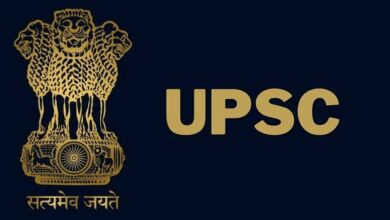What is the Education Achievement Authority? Everything You Need to Know!

When I first came across the term “Education Achievement Authority” (EAA), I was intrigued. Over time, I’ve come to understand its purpose, structure, and impact on education.
If you’re curious about what the EAA is, how it works, and why it matters, let me walk you through everything I’ve learned.
Understanding the Education Achievement Authority (EAA)

The Education Achievement Authority was created to address the challenges faced by underperforming schools. Its mission? To transform failing schools into thriving educational institutions, ensuring every child has access to quality education regardless of their zip code.
This model is often used in districts that require intervention to boost academic performance, restructure management, and foster innovative teaching approaches.
How Does the EAA Work?
Here’s a simplified breakdown:
- Targeting Struggling Schools: The EAA identifies schools that consistently underperform based on test scores, graduation rates, and other key metrics.
- State Control and Oversight: The state takes control of these schools, removing them from the local district’s governance.
- New Management and Strategies: The EAA introduces new leadership, curricula, and teaching methodologies tailored to address each school’s specific challenges.
- Student-Centered Focus: Programs emphasize individualized learning, often incorporating technology and modern teaching tools to engage students effectively.
Success Stories and Controversies
Having followed the EAA’s progress, I’ve seen both success stories and criticism.
Successes:
- Schools in the program often show improvement in student performance within a few years.
- Teachers report having more resources and autonomy to innovate.
- Parents are often relieved to see changes that prioritize their children’s needs.
Challenges:
- Critics argue that removing local control can alienate communities.
- There’s debate about whether test scores alone should determine success.
- Funding and sustainability are ongoing concerns.
My Personal Take on the EAA
From my experience, the Education Achievement Authority is a bold approach to tackling a persistent problem in education. While it’s not a perfect solution, it provides a framework for meaningful change in schools that need it the most.
What resonates with me most is the emphasis on innovation and adaptability. By shaking up the traditional education model, the EAA brings fresh energy to schools that were once stagnant.
Why It Matters for Parents, Teachers, and Students
If you’re a parent, teacher, or student, the EAA represents hope for better educational outcomes. It shows that failing schools aren’t left to flounder indefinitely – there’s a system in place to turn things around.
For parents, it’s a reassurance that their children will have access to the resources they deserve. For teachers, it’s an opportunity to work in an environment that encourages growth and creativity.
Emma Watson’s Education Journey: How She Mastered Both Hollywood and Academia
Final Thoughts
The Education Achievement Authority is not without its challenges, but it’s a step in the right direction. By focusing on struggling schools, implementing innovative strategies, and empowering educators, the EAA offers a glimpse of what’s possible when education becomes a priority.





